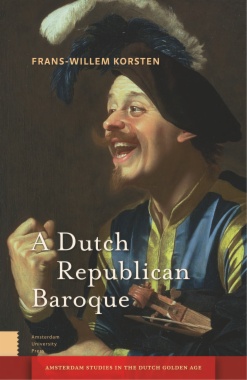This book uses the potent case study of contemporary Taiwanese queer romance films to address the question of how capitalism in Taiwan has privileged the film industry at the expense of the audience's freedom to choose and respond to culture on its own terms. Interweaving in-depth interviews with filmmakers, producers, marketers, and spectators, Ya-Fong Mon takes a biopolitical approach to the question, showing how the industry uses investments in techno-science, ancillary marketing, and media convergence to seduce and control the sensory experience of the audience-yet that control only extends so far: volatility remains a key component of the film-going experience.
- Cover
- Table of Contents
- Acknowledgements
- 1. Through the Nexus of Bodies and Things
- Introduction
- The Revival of an Industry
- A Genre Innovation
- Corporeal Appreciation
- (Re)configuration of Bodies and Things
- A Volatile Non-oppositional Relation
- The Way Out of Control
- 2. Mediated Knowledge
- Methodology
- Enticement via Formulaity
- How Objects Matter
- Internet-Generated Network
- The Industry-Audience Relationship
- Artefactual Intervention
- Joint Authorship
- Mediation in Knowledge Production
- 3. Bodily Fantasy
- Embodied Spectatorship and Object Intervention
- Governance via Cinema
- Identificatory or Existential?
- The Cinematographic Machine Inside
- The Surface Politics of the Body
- A Network of Intermediary Vehicles
- Volatile Connections to a Movie
- The Fruits of a Collective Agency
- Bodily Fantasy
- 4. Sensory Linkage
- The Politics of Genre Film Making
- Genre, the Existing Theories
- Genre, the Fruit of Bodily Mediation
- Realism in Aesthetic Intervention
- The Enterprise of Homage
- Sensorimotor Communication
- The Transmission of a Modified Language
- Creative Despite Imitation
- Sensory Linkage
- 5. Intimacy
- Internet Marketing as Collaborative Production
- Miao Miao, the Official Blog
- The Sensation of Closeness
- Bodily Virtuality
- Acts of Acknowledgement
- The Extra Episodes
- Q&A’s Virtual Doubles
- Collaboration on Production
- 6. Indeterminacy
- Control and the (Un)productive Body
- Participatory Productivity
- Soft Control
- Statistical Control
- Archival Control
- Revolutionary Control
- 7. Mediation and Connections in a Precarious Age
- Conclusion
- Precariousness in Prosperity
- The Optimal Mediation
- Bibliography
- Index

